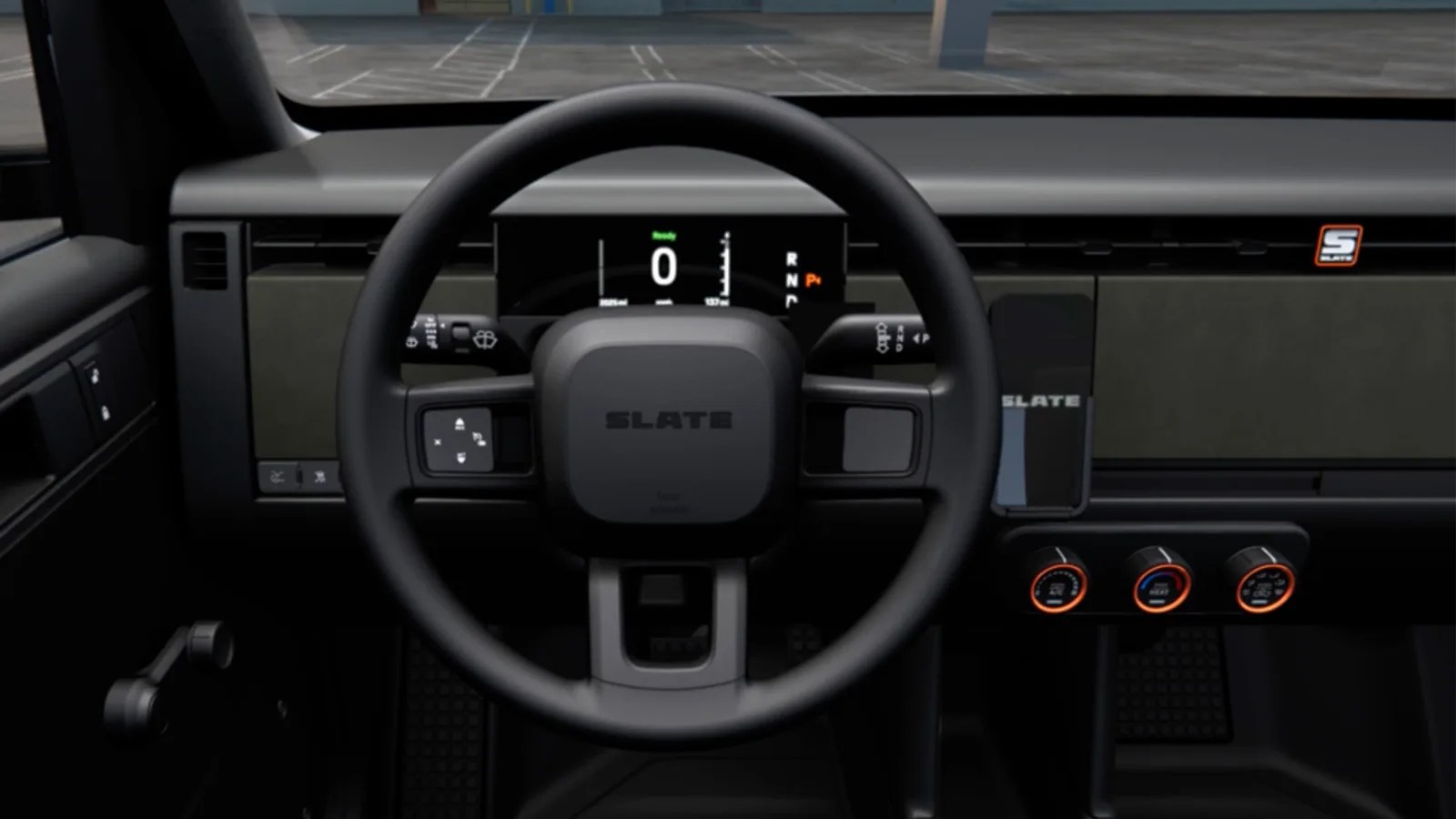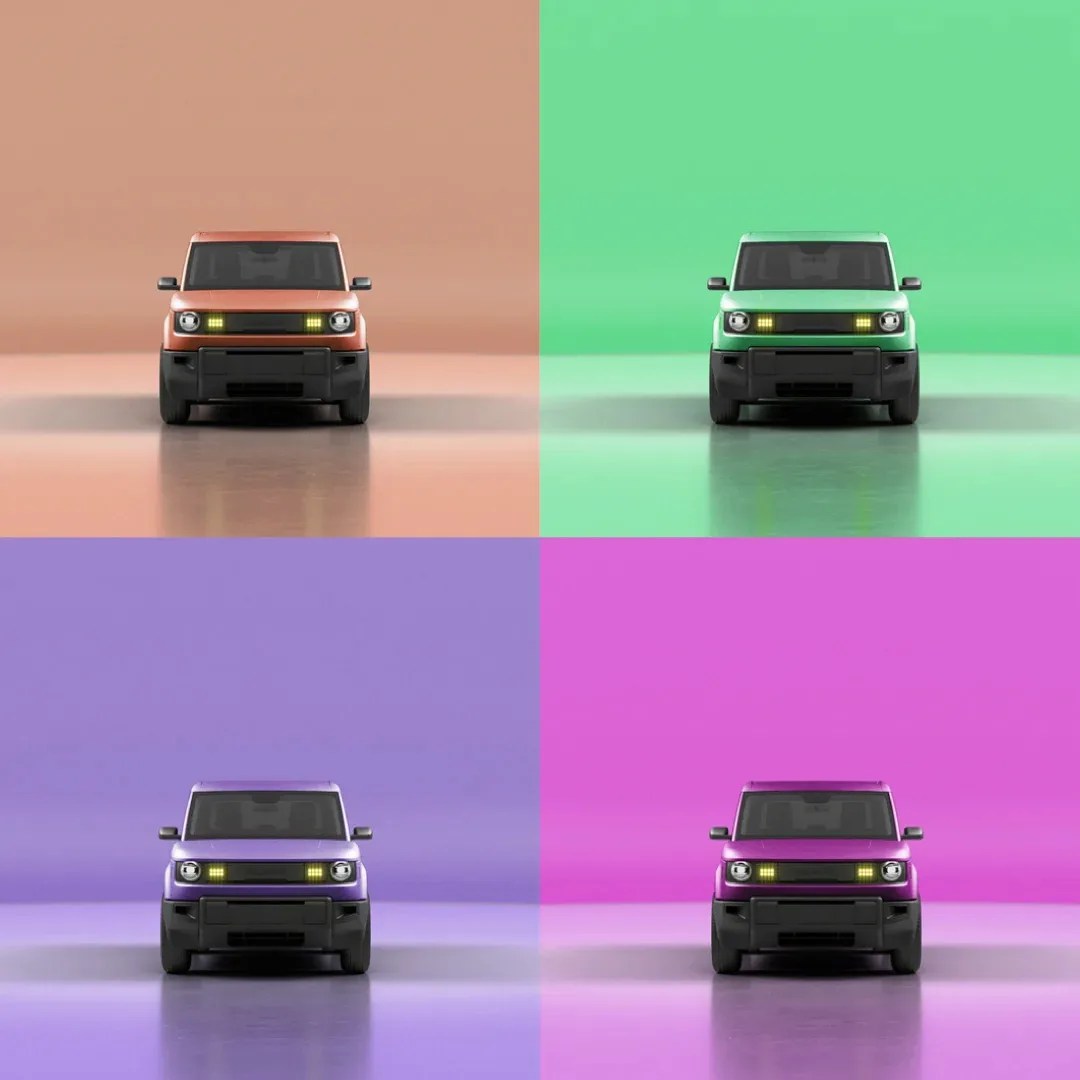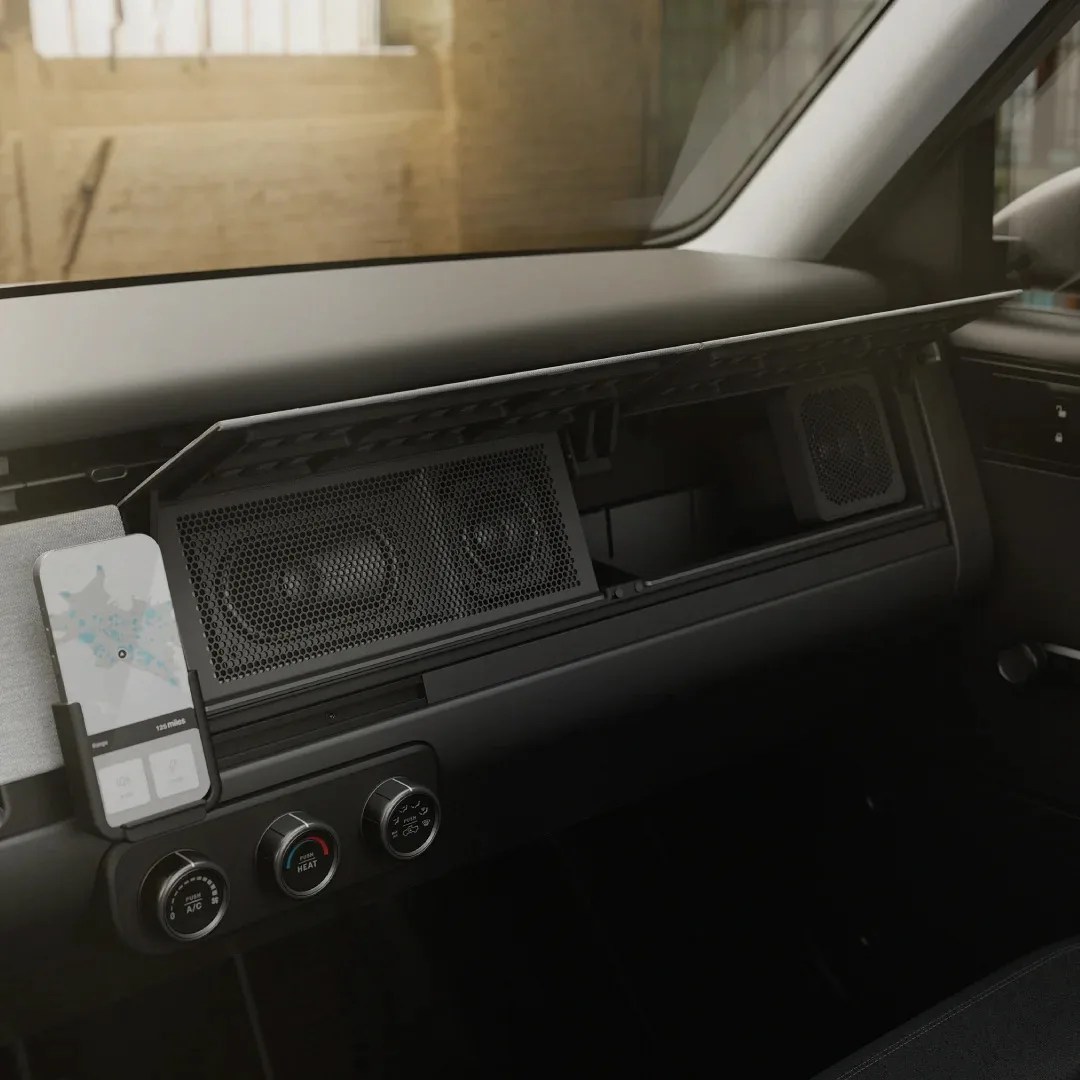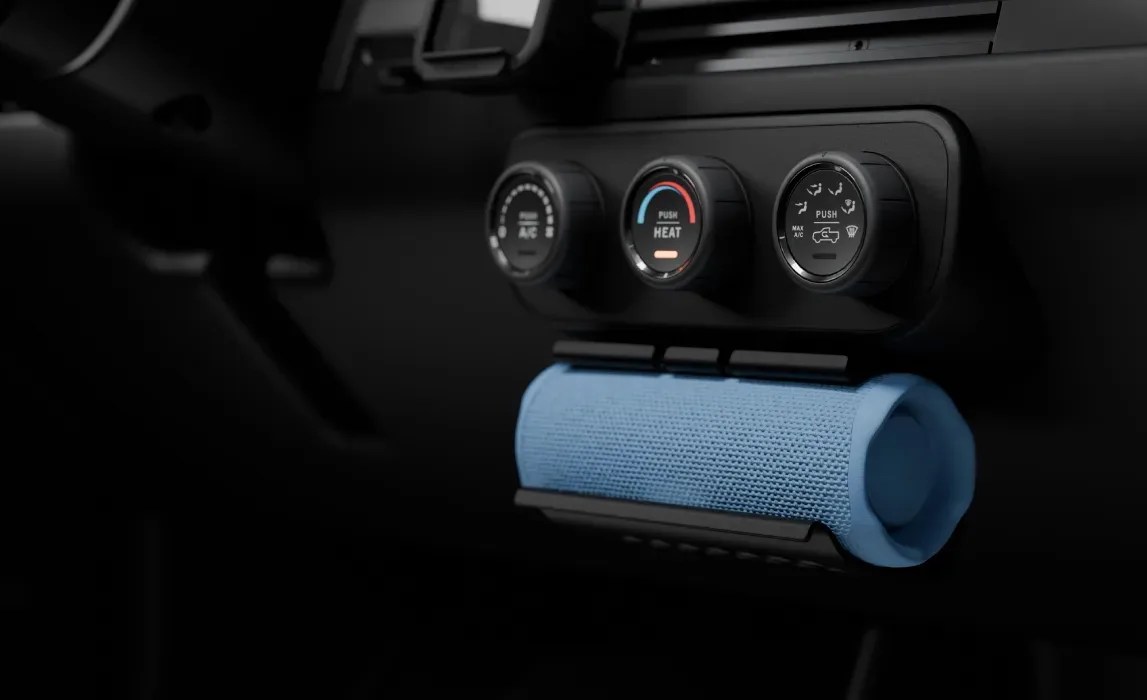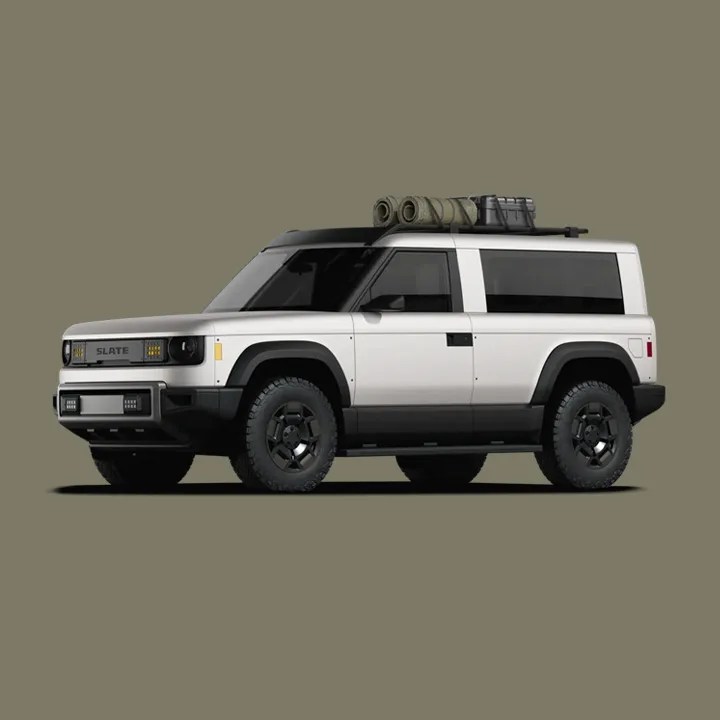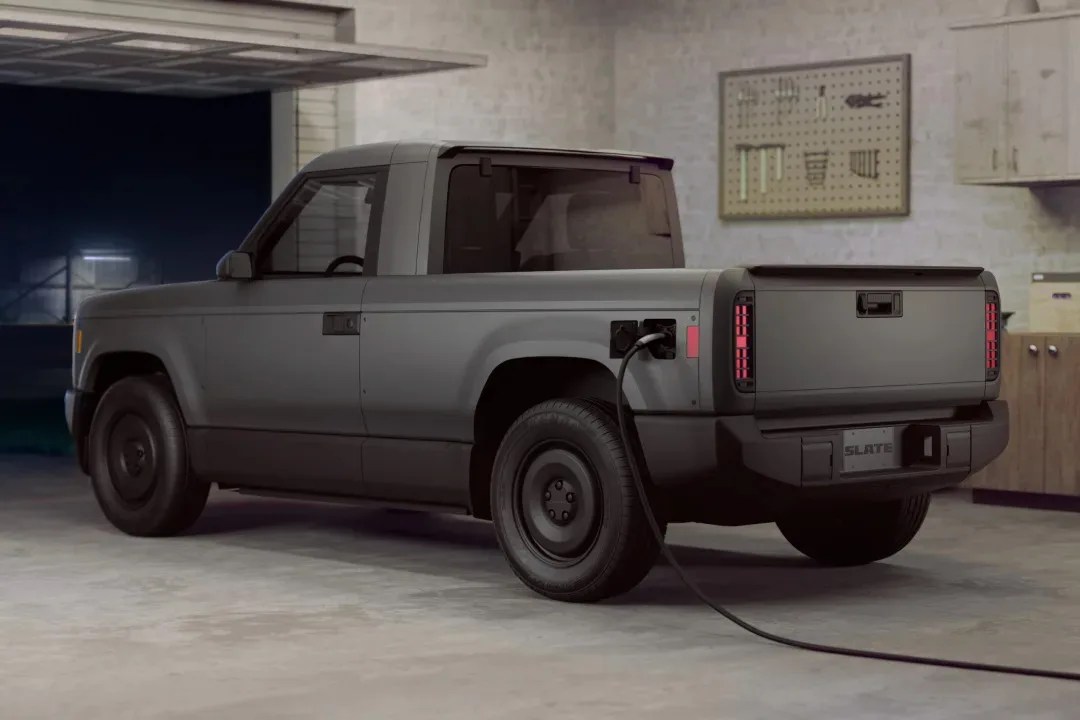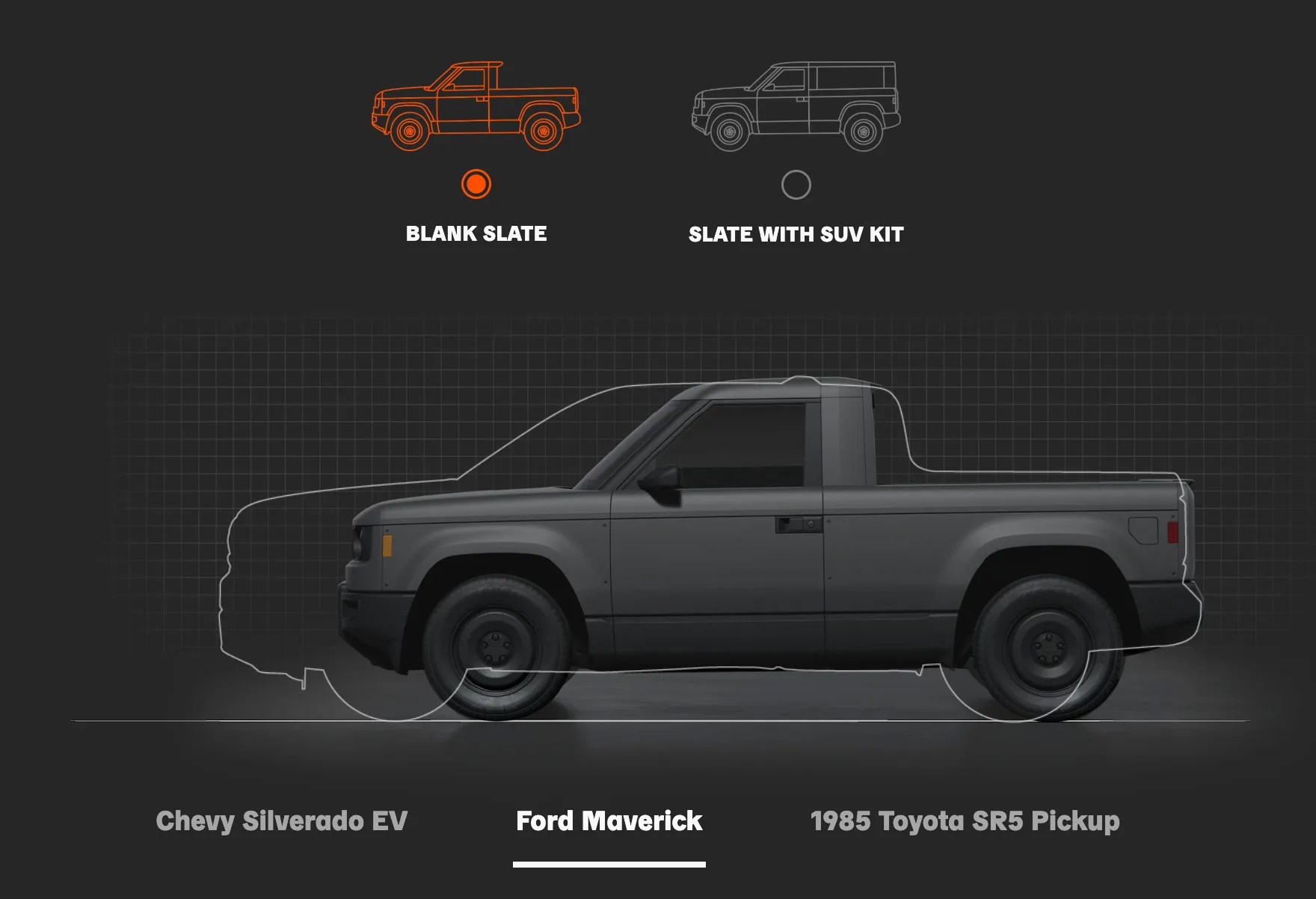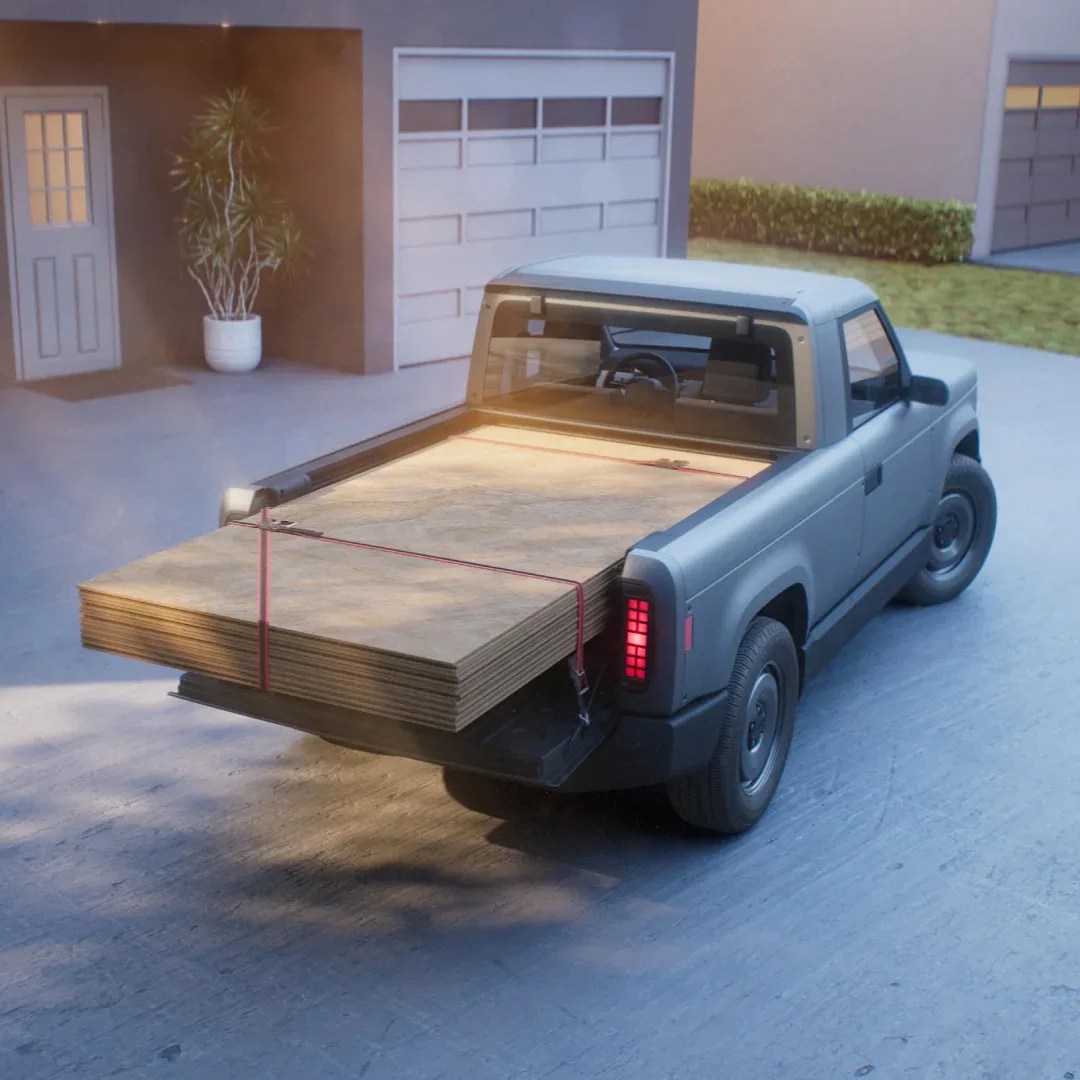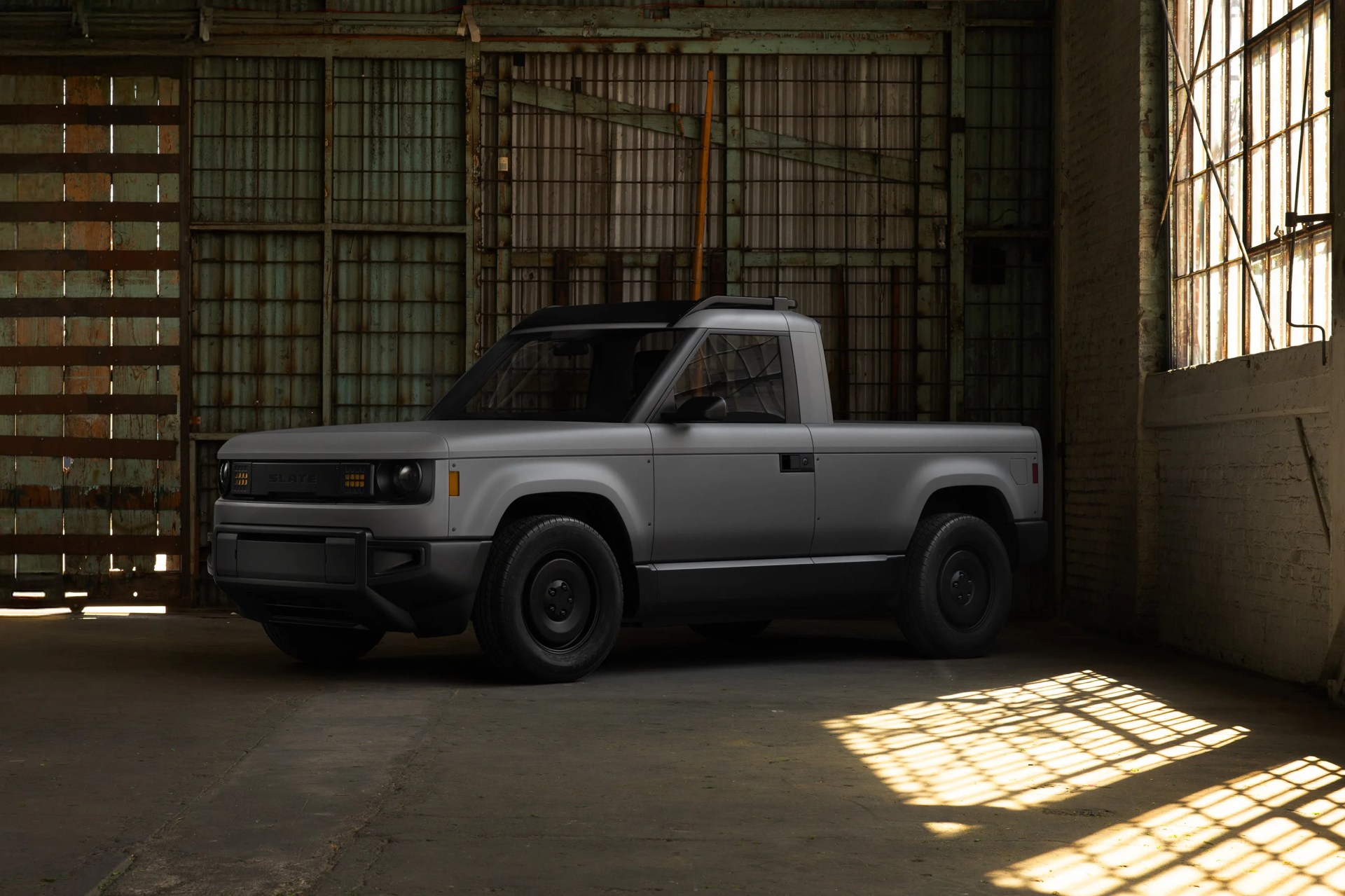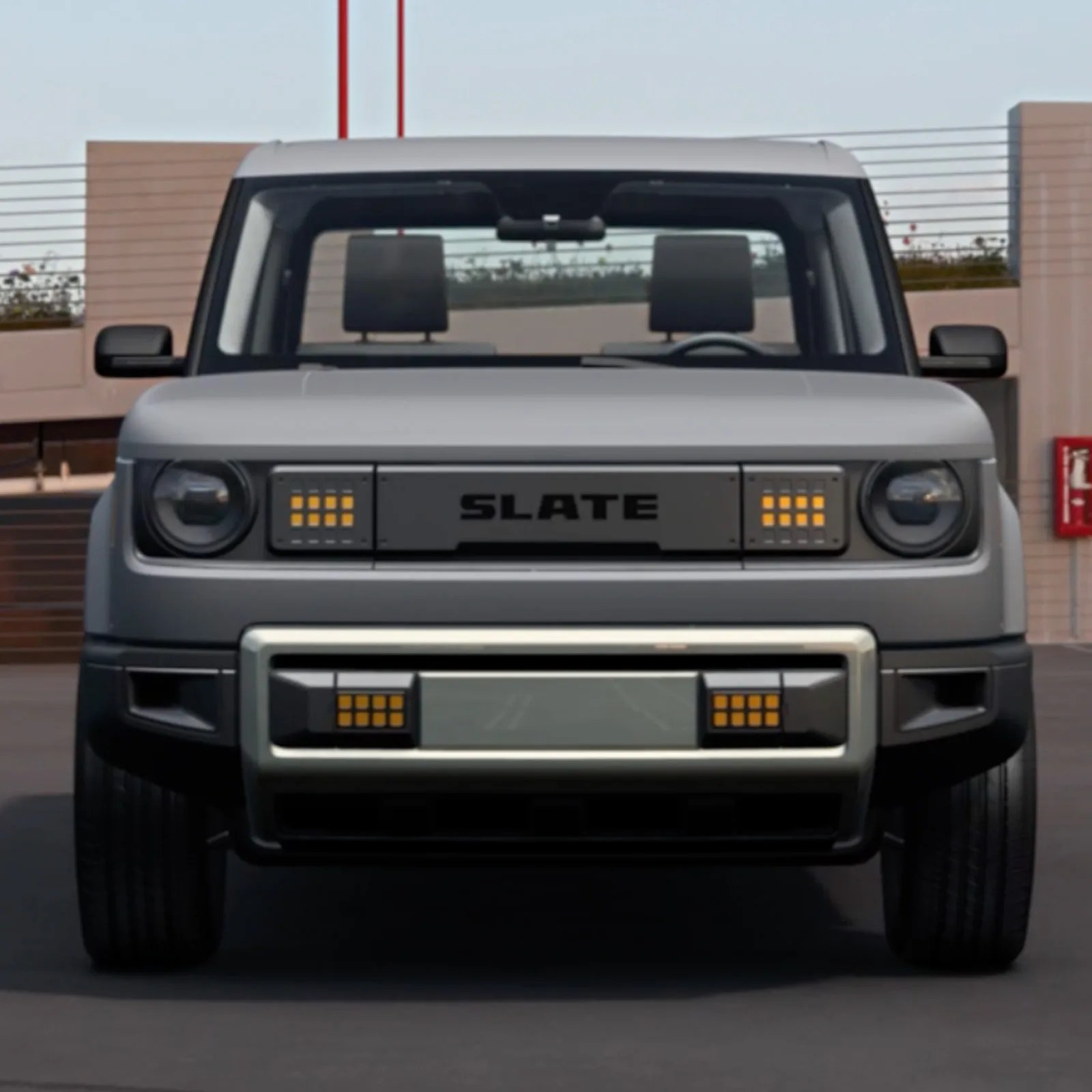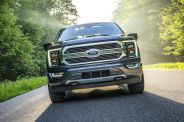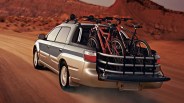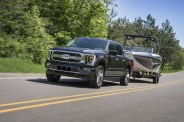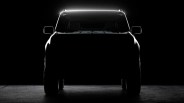A new car company, Slate, officially introduced itself to the world last night via an impressive event in LA, which we were on-site to cover.
Now, the brand is the talk of the automotive town.
It’s easy for me to feel excited about Slate’s vision and product, both professionally as a product media professional and personally as a consumer.
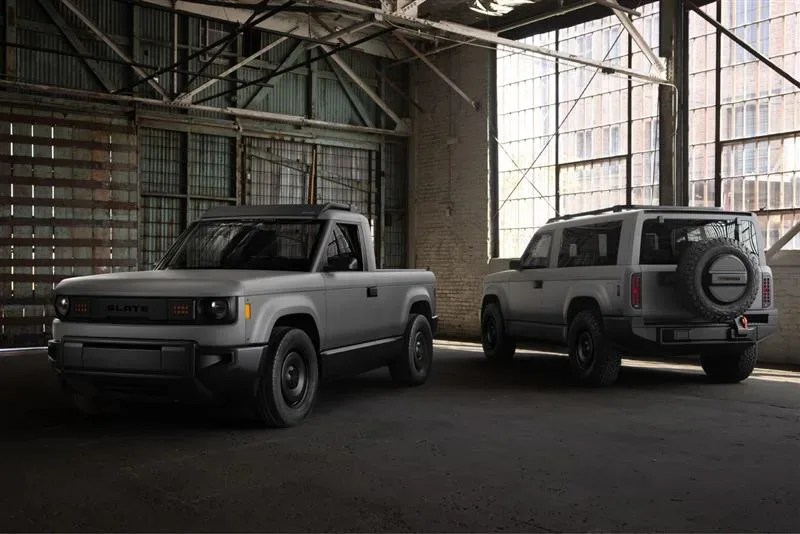
I got into this business because I liked learning about new products that offered compelling alternatives to the status quo. And Slate’s brand emobides this ethos in spades.
Small pickups will always also hold a special place in my heart – I drove a Toyota Tacoma all through high school. And now, as a middle-aged dad, I’ve evolved into an early adopter and fan of EVs.
And yet, the more I think about what the company’s revealed, the more it feels like its doomed to struggle. That’s presuming the goal is sell a lot of vehicles to American consumers.
But I sure hope I’m wrong.
A Great First Impression
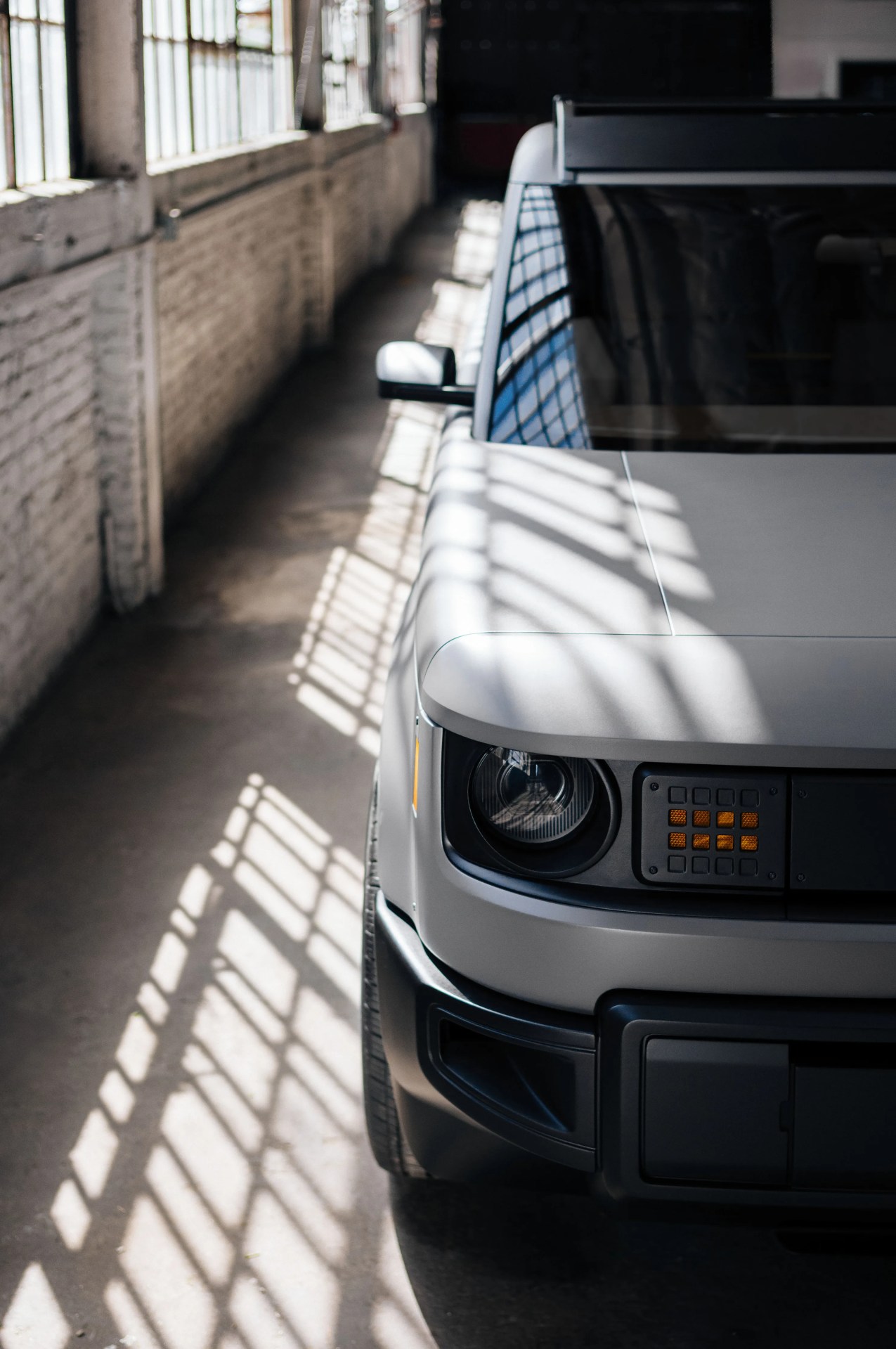
Even Larry David would struggle to complain about Slate’s stated goals and aspirations.


